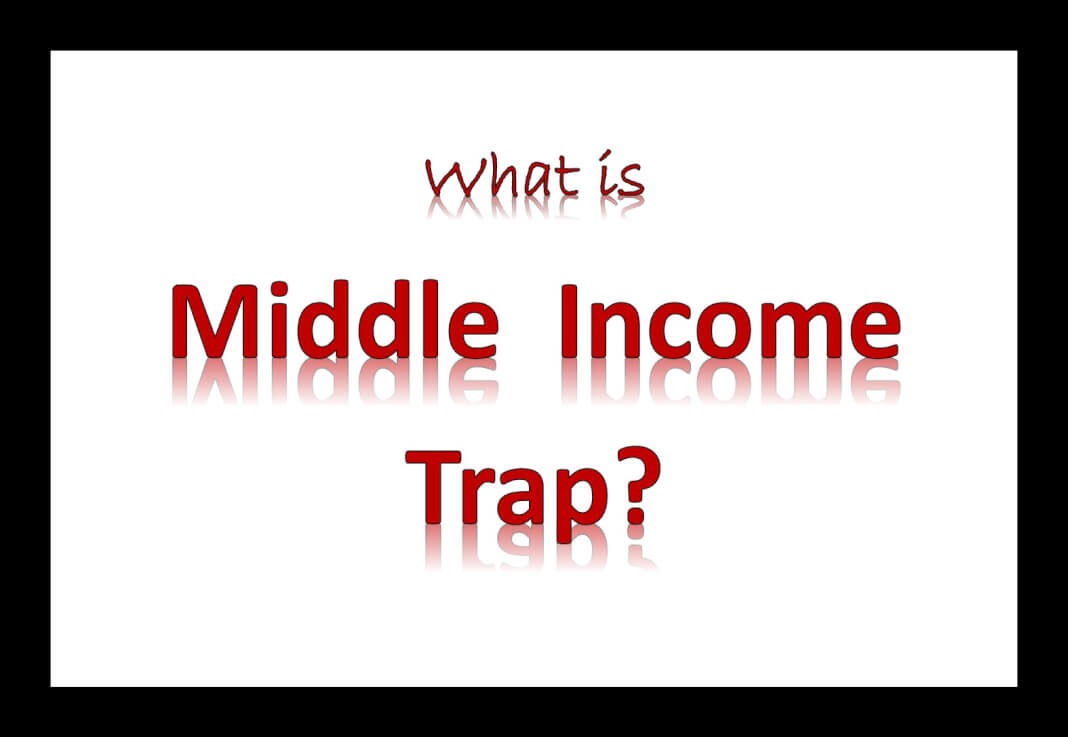
The Economic Survey 2018 (volume I) makes a theoretical examination of India facing a Late Convergence Stall and the risk of falling into the Middle-Income Trap. Middle income trap is a situation for Middle Income Countries where they are not able to move up to the Higher income status due to the operation of several adverse factors. To understand Middle Income Trap, classification of countries by the World Bank in terms of Per-Capita Income is to be understood.
The World Bank is classifying countries in terms of per capita income. Low income countries are those with a per capita income lower than $1005. Second category is the middle-income group with a per capita income varying from $1006 to $ 12235. This group is the largest one with nearly 81 countries. Countries with a PCI of $12236 and above are classified as higher income economies.
Table: Categorisation of countries in terms of PCI by World Bank using its GNI Atlas method.
Source: World Bank
| Category | Per-Capita Income* (2016) |
| Low Income Countries (LICs) | $1005 or less |
| Lower Middle-Income Countries (LMICs) | $1006 – $3955 |
| Upper Middle-Income Countries (UMICs) | $3956 – $ 12235 |
| High Income Countries (HICs) | $12236 and more |
What is Middle Income Trap?
An irony about middle income countries is that many of them are not moving up to the higher income category where the per capita income is above $12736. This situation of falling at the middle-income level is called the middle-income trap by economists. The “middle-income trap” is the phenomenon of hitherto rapidly growing economies stagnating at middle-income levels (of per capita income) and failing to graduate into the ranks of high-income countries. At the same time, many other countries have made significant progress through industrialization. They were able to expand the national income and thus the per capita income.
By accelerating structural changes and fastening industrialization, India should raise the per capita income in future so that it can attain a per capita income of upper middle income and later to higher income to escape from the trap.
India has entered the middle-income position in 2008 and the per capita income is increasing slowly. The Per Capita Income of the country as per the World Bank’s 2016 estimate is $ 1670. China’s PCI is $ 8250 as per the same estimate. The Economic Survey 2018 examines different threats for India and several other Lower Middle-Income Countries to be trapped at the Middle-Income level.
In terms of the World Bank’s atlas method India’s GDP has just crossed $2 trillion in 2014. According to the PPP method, India is the third largest economy, but according to dollar method, the country is in the seventh position. On the other hand, China has a GDP size of $10 trillion in terms of the atlas method.









